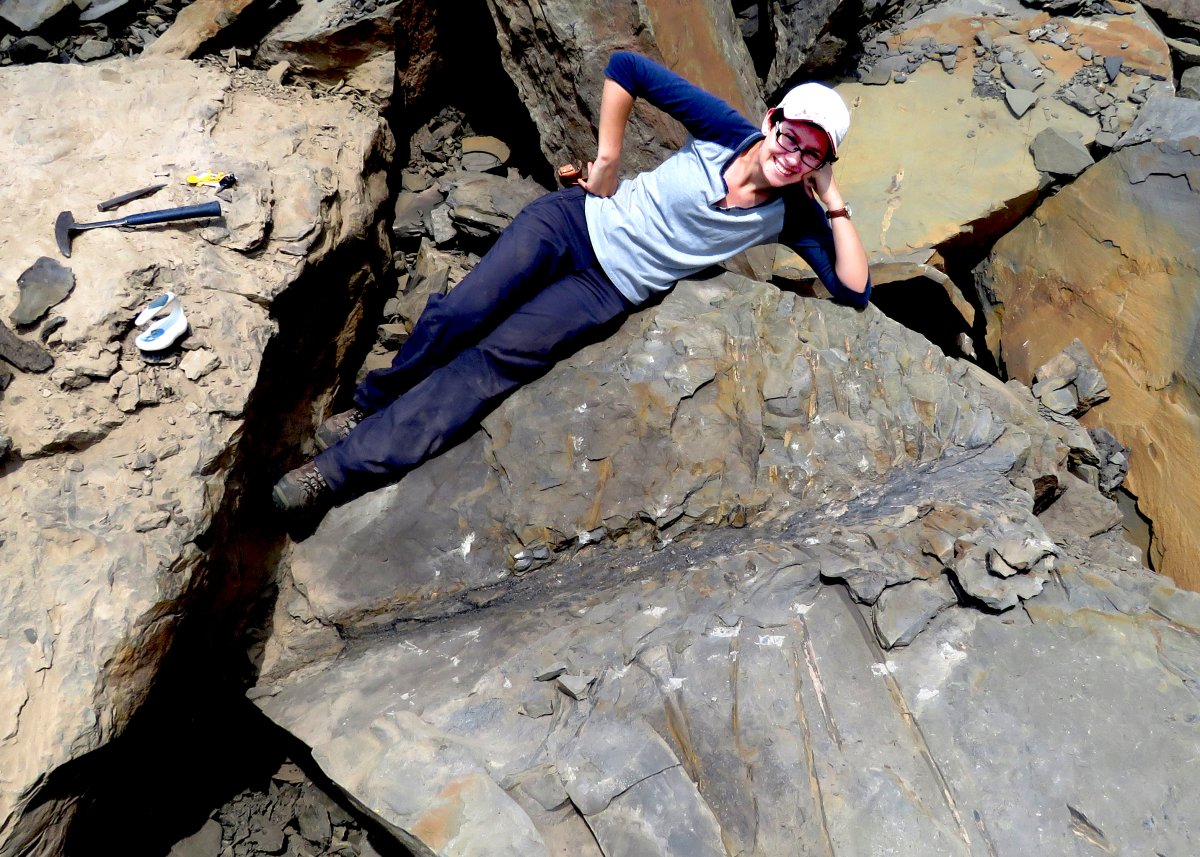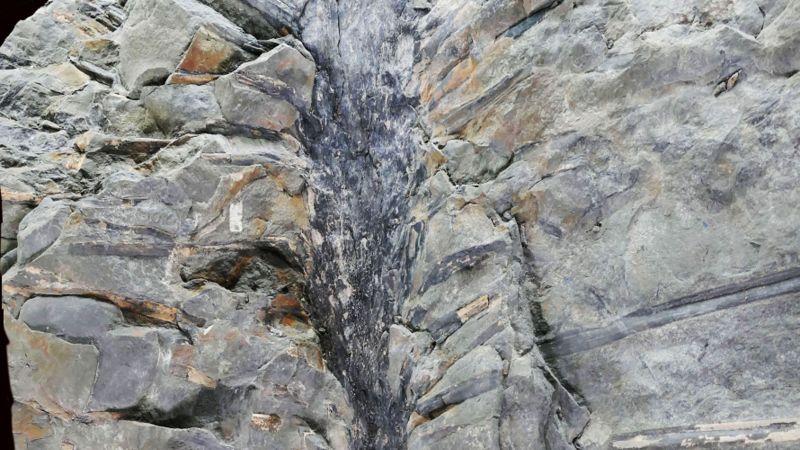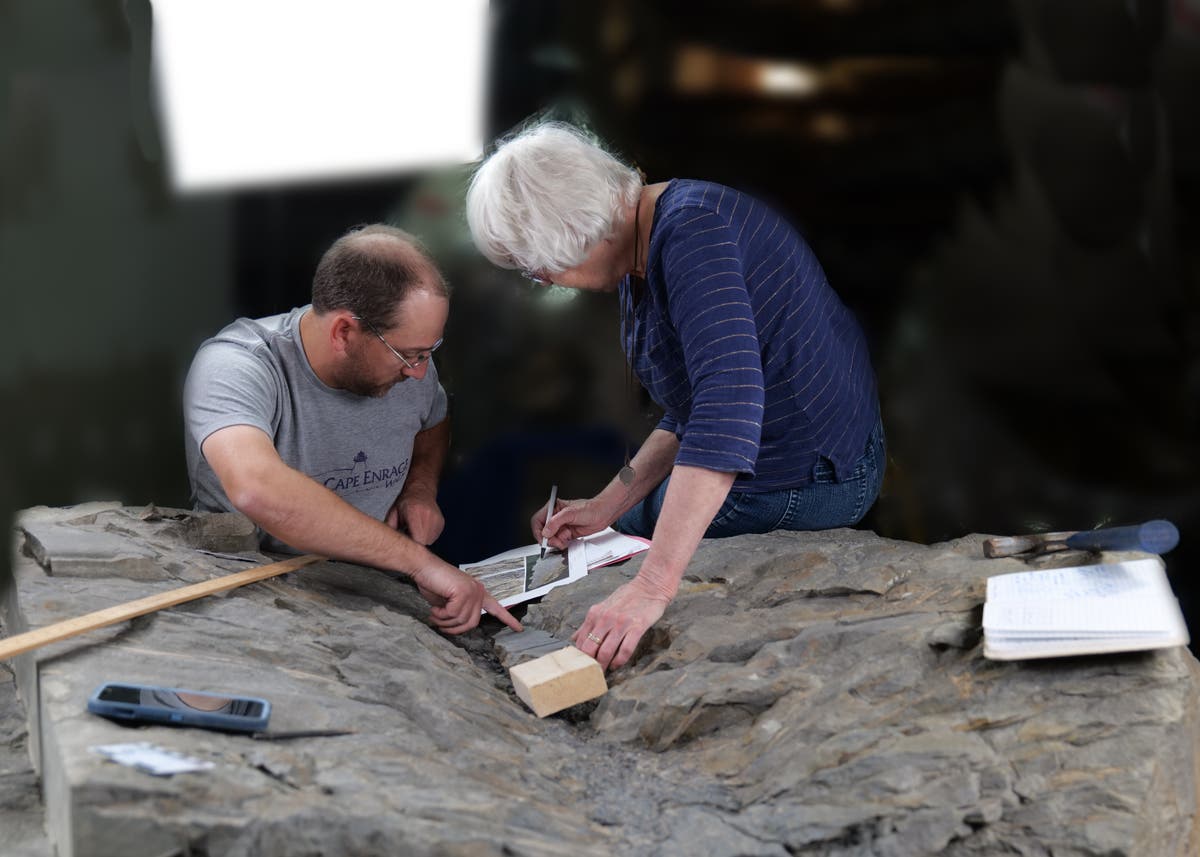
In the ancient prehistory of Earth, there is a chapter that waits to be told known as Romer's gap. Researchers have identified a hiatus in the tetrapod fossil record between 360 million and 345 million years ago, after fish had begun to adapt to land and more than 80 million years before the first dinosaurs.
While mysteries remain about evolution's experiments with living things during that 15 million-year gap, a fossilized tree described in a new paper offers greater insights to some of what was happening during this period in nature's laboratory.
Named Sanfordiacaulis densifolia, the tree had a 6-inch diameter with a nearly 10-foot-tall trunk composed not of wood, but of vascular plant material, like ferns. Its crown had more than 200 finely divided leaves that were likely used to capture light and absorb nutrients.
The discovery of this rare tree fossil in a quarry near Valley Waters, New Brunswick has opened up new avenues for research into the evolution of plants during this period. The trees represent not only a new species but also an entirely new genus, or group of species. They are unique to science and have been described as having more than 250 leaves crowded around a non-woody trunk with each leaf likely growing to nearly 10 feet away from the trunk.
The growth form of this tree is different from modern trees. It had more than 250 leaves crowded around a non-woody, 6-inch diameter trunk and these occur over a trunk length of only 30 inches with each leaf likely growing to nearly 10 feet away from the trunk.
The discovery of this tree fossil is significant because it informs us about forest structure during that time period. In addition to large trees that formed the canopy, there was also a sub-canopy level of smaller trees.




